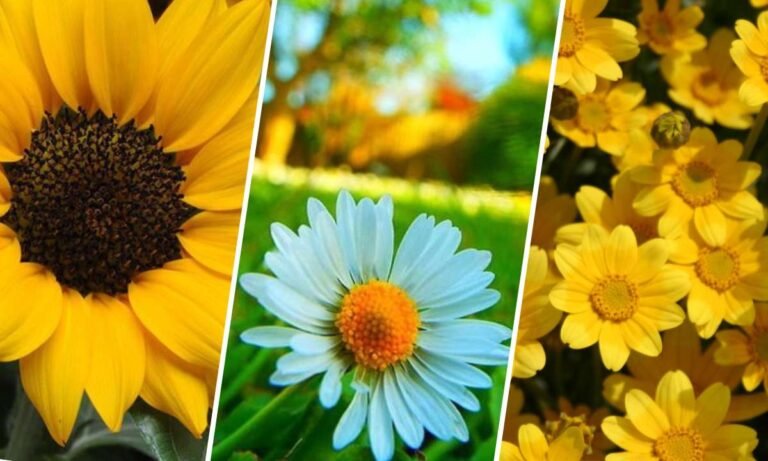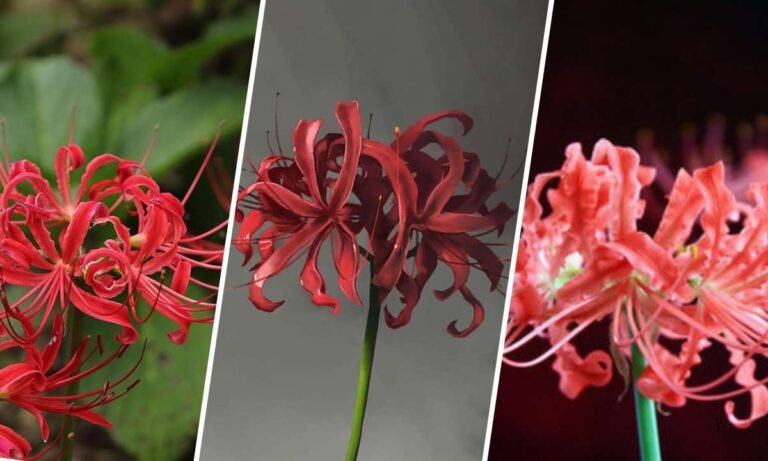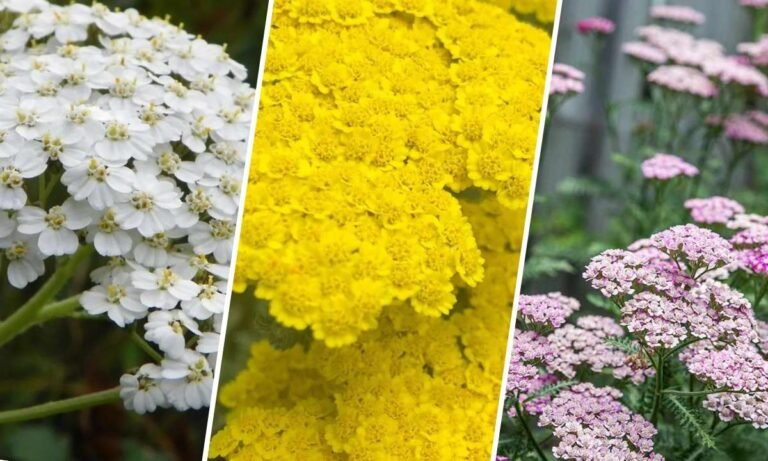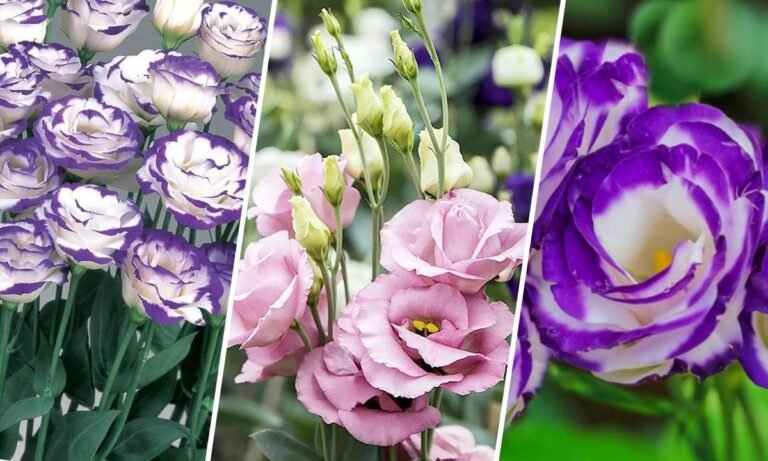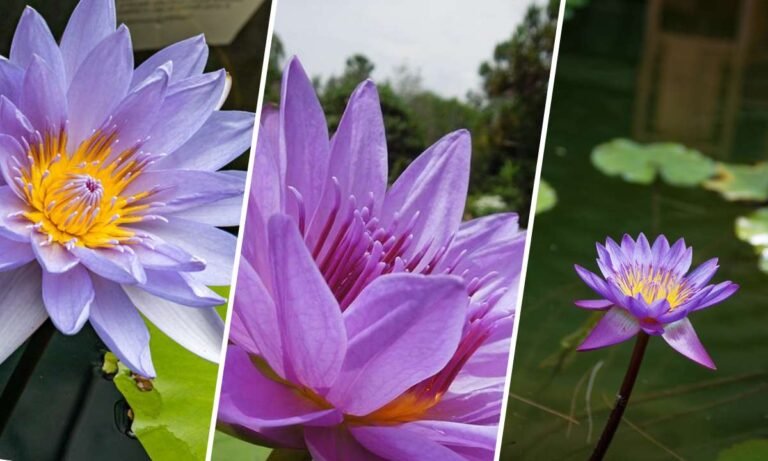Introduction to the Fuchsia Flower
The fuchsia flower, with its vibrant colors and delicate form, is a true marvel of nature. Named after German botanist Leonhart Fuchs, this beautiful bloom is more than just eye-catching; it holds deep symbolic meanings and cultural significance.
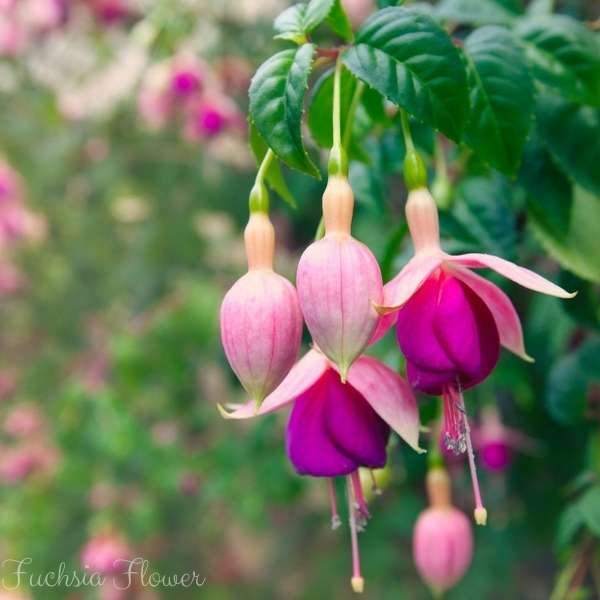
Origins and Varieties of Fuchsia
Historical Background
The fuchsia flower comes from the tropical and subtropical regions of Central and South America, with some species also found in New Zealand and Tahiti. Discovered in the late 17th century, it has since become a favorite in gardens and floral arrangements worldwide.
Varieties of Fuchsia
There are over 100 species of fuchsia, ranging from small shrubs to large trees. Some common varieties include:
- Fuchsia magellanica: Known for its hardiness and ability to thrive in cooler climates.
- Fuchsia triphylla: Recognized by its tubular flowers and bushy growth.
- Fuchsia boliviana: Featuring large, hanging blooms that attract hummingbirds.
Symbolism and Meaning of Fuchsia Flowers
Love and Affection
In the language of flowers, fuchsia symbolizes love and affection. Its vibrant colors and delicate petals make it a perfect representation of tender emotions and deep connections.
Elegance and Grace
The unique structure of the fuchsia, with its dangling blooms and elegant form, signifies grace and refinement. It’s often associated with beauty that transcends the ordinary, making it a symbol of sophisticated charm.
Trust and Confiding
Fuchsia also represents trust and confiding. The flower’s intricate and somewhat hidden beauty can be seen as a metaphor for the depth and complexity of trusting relationships.
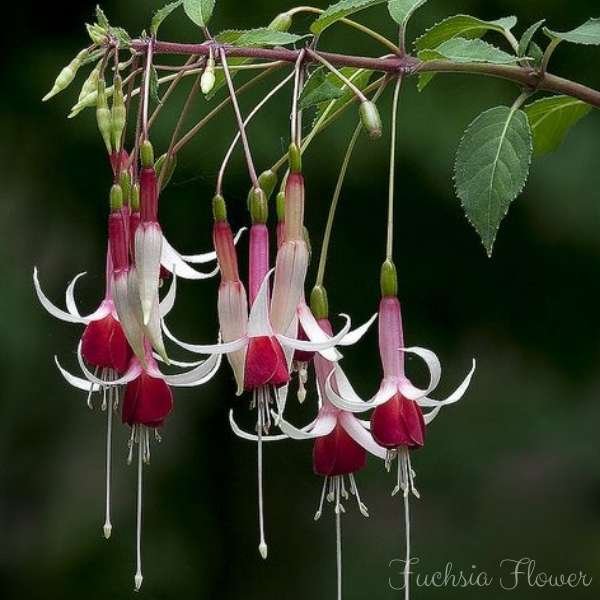
Cultural Significance of Fuchsia
In Western Cultures
In Western cultures, fuchsia is often used in gardens and landscaping for its aesthetic appeal. It’s also a popular choice for bridal bouquets and wedding decorations, symbolizing the promise of love and trust in a new marriage.
In Native Cultures
In some Native American traditions, fuchsia flowers are used in ceremonies and rituals. They are believed to bring protection and positive energy, making them a valued addition to spiritual practices.
Fuchsia in Art and Literature
Artistic Representations
The vibrant and intricate nature of fuchsia flowers has made them a favorite subject in art and literature. Painters and poets have long been inspired by their beauty, using them to convey themes of love, elegance, and mystery.
Literary References
Fuchsia flowers often appear in literature as symbols of fleeting beauty and delicate emotions. They evoke imagery of refined beauty and the tender nuances of human relationships.
Growing and Caring for Fuchsia Flowers
Ideal Growing Conditions
Fuchsia plants thrive in cool, moist environments with partial shade. They need well-drained soil rich in organic matter. Regular watering is essential, but overwatering should be avoided to prevent root rot.
Pruning and Maintenance
Pruning is crucial for maintaining the shape and health of fuchsia plants. It encourages new growth and more abundant flowering. Removing spent flowers, known as deadheading, helps prolong the blooming period.
Pest and Disease Control
Common pests that affect fuchsia plants include aphids, spider mites, and whiteflies. Regular inspection and appropriate treatments, such as insecticidal soap, can help keep these pests at bay. Fungal diseases like rust and botrytis can also affect fuchsia; ensuring good air circulation and avoiding overhead watering can minimize these issues.
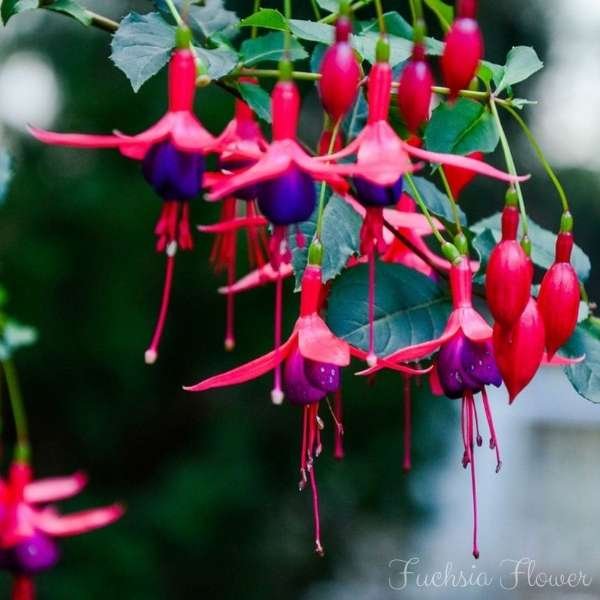
Fuchsia in Modern Gardening
Container Gardening
Fuchsia is an excellent choice for container gardening. Its compact growth and stunning flowers make it ideal for hanging baskets and patio pots. Container gardening allows for better control of soil conditions and easier management of watering needs.
Companion Planting
Fuchsia plants pair well with other shade-loving plants such as hostas and ferns. Their contrasting textures and colors create a visually appealing garden space. Companion planting can also enhance the overall health and growth of fuchsia plants.
Uses of Fuchsia Flowers
In Floral Arrangements
Fuchsia flowers are a popular choice for floral arrangements due to their vibrant colors and unique shape. They add a touch of elegance and sophistication to bouquets, centerpieces, and decorative displays.
In Cosmetics and Herbal Remedies
The petals and extracts of fuchsia flowers are sometimes used in cosmetics for their natural coloring and mild fragrance. While not as common, some traditional herbal remedies utilize fuchsia for its supposed calming and healing properties.
Conclusion: The Timeless Appeal of Fuchsia
The fuchsia flower is a symbol of beauty, grace, and deep emotional connections. Its rich history, cultural significance, and stunning appearance make it a beloved choice for gardeners and flower enthusiasts around the world. Whether used in gardens, floral arrangements, or artistic expressions, fuchsia continues to captivate and inspire.

